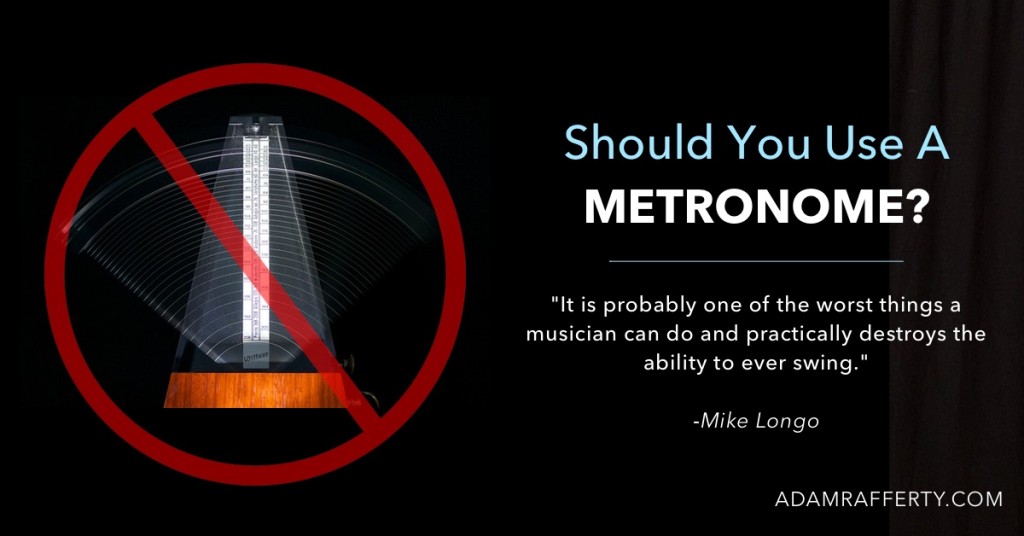
Recently, a new fan who found me on YOUTUBE asked me if I used a metronome to develop my sense of groove.
Not a simple question, or topic, I am sure I’ll say some things here that will raise some eyebrows.
That being said – “there is more than one way to do it”. I can only tell you what has worked for me, and I still have a lifetime of learning ahead!
Here goes.
[Read more…] about Don’t Use a Metronome